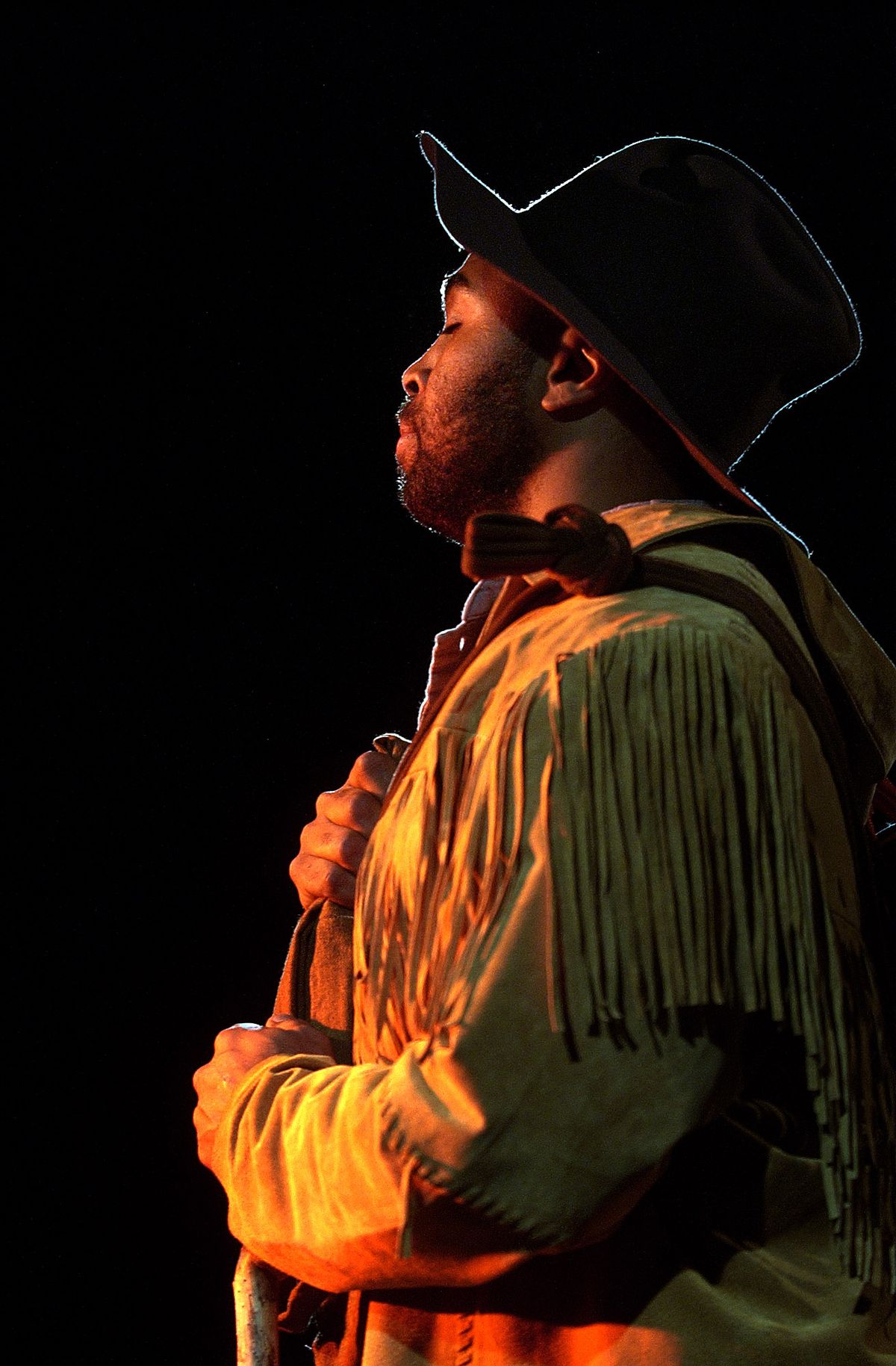School name finalist: Enslaved explorer York was critical to the Lewis & Clark expedition

Editor’s note: The Spokane school board is expected to pick the names of three new middle schools on Wednesday. This story is part of a series examining the finalists for those names.
When the Lewis and Clark expedition passed through the Inland Northwest 215 years ago, the closest it got to what is now Spokane was Lewiston, in October 1805.
Things looked different back then. The Nez Perce people had lived in the area for thousands of years, and their villages dotted the valley. The first person of European ancestry to traverse the region, David Thompson, had only been to the area two years before, scouting for potential fur trading posts.
But when the so-called Corps of Discovery rolled into town, among them was York, the first person of African ancestry to visit the area.
The Nez Perce, whose assistance was crucial to the expedition’s success, probably didn’t expect what the next century would bring: settlement of the area by uninvited Americans, forced relocation and confinement on reservations. That tragic story had yet to be told.
Another story that still hasn’t been told, and may be lost to time, is York’s.
It’s unknown if York chose to participate in the expedition. Though William Clark and York were nearly the same age and had grown up together, Clark was the heir of a prominent, white southern farmer and York was a Black, enslaved laborer on the Clark farm. Bluntly, York was enslaved by Clark, who probably didn’t ask if he wanted to come.
Regardless, York proved essential to the trip.
As “The Journals of Lewis and Clark” describe, York carried a gun, hunted much-needed game, navigated waterways and trails, and helped ease relations with the Native people they encountered.
In fact, deep into the expedition when food was scarce, York and only one other man were sent to the Nez Perce to barter for provisions.
Despite his key role on the expedition, York asked for and was denied freedom by Clark when they returned east. Within three years, York was hired out to a farmer in Kentucky named Young, who was notorious for beating his slaves, according to an article in Smithsonian Magazine.
Like much of York’s life, it’s unclear what became of him after this. Nearly 30 years after the expedition, Clark spoke about York, saying he “set off for St. Louis, but was taken with the cholera in Tennessee and died.”
But York’s patchy story doesn’t end there. Legends tell of him in St. Louis, and a trapper named Zenas Leonard said he met a Black man living with the Crow in Wyoming who claimed to have first come west with Lewis and Clark.
Now, two centuries on, York’s tale continues to be told.
In 2004, Spokane playwright Bryan Harnetiaux and local actor and Cooper Elementary teacher David Casteal collaborated on a one-man play about York. It premiered at Spokane Civic Theatre and was even shown off-Broadway in New York City. It was revived, again starring Casteal, in 2018 in New York.
Last year, in the midst of marches in support of Black lives, old statues of racists and other oppressors were torn down. In Portland, a statue of conservative newspaper editor and anti-women’s suffragist Harvey Scott was toppled. The statue’s pedestal remained empty for months until February, when an anonymous artist replaced Scott with a bust of York.
The artist told Artnet News that the bust “pays homage to York at a time when we all need to remember the important role that African Americans have played in our history and reflect on the tragedy of slavery – a tragedy that continues to echo.”
But for the expedition, the primary echo heard is in the wholesale branding of the region. There’s Lewiston and Clarkston, Lewis-Clark State College, the Lewis Clark Valley, and the Lewis and Clark Trail State Park, to name a few.
In Spokane, there’s Lewis and Clark High School.
But there’s also Sacajawea Middle School a few miles south of “LC,” named for the 16-year-old Lemhi Shoshone girl who helped the corps navigate the continent.
And, perhaps in the near future, the two schools will be joined by a new middle school on the South Hill, this one named York.